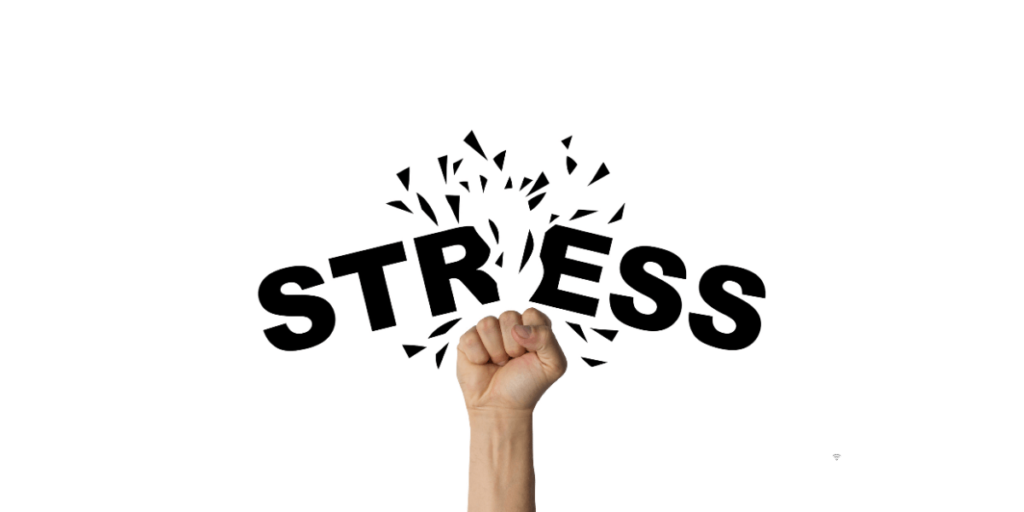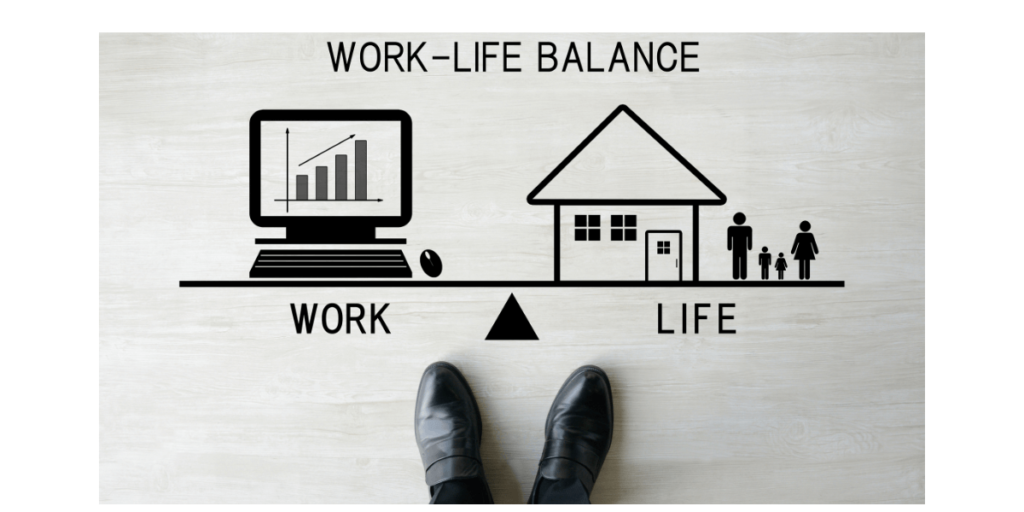Using Relaxation Techniques to Improve Mental Health and Manage Stress
Stress has become a common denominator in our modern lives. With daily demands and responsibilities piling up, more people are dealing with anxiety and mental health issues. While encountering stress is a part of life, managing it effectively makes a significant difference in a person’s overall well-being. Relaxation techniques are invaluable tools that can help reduce stress, improve mental health, and promote a better quality of life.
Relaxation techniques are a set of strategies designed to reduce tension and elicit the body’s natural relaxation response. These methods not only ease the mind but also have a variety of physical health benefits. From lowering blood pressure to improving digestion, relaxation techniques are multifaceted in their positive impacts.
There are numerous relaxation techniques available, each with unique benefits suited to different needs and preferences. Some involve physical movement, while others focus on mental imagery or sensory experiences. Regardless of the method chosen, integrating relaxation techniques into one’s daily routine is crucial for enhancing emotional well-being and managing stress effectively.
In this article, we will delve into various relaxation techniques, discussing their benefits and offering practical tips for incorporating them into your life. Whether you are dealing with chronic stress or simply looking for ways to unwind, these techniques can make a significant difference in your mental health.
Deep Breathing Exercises
Deep breathing exercises are one of the simplest and most effective ways to combat stress. This technique focuses on controlled breathing to bring about a state of calm and relaxation. When stressed, our breathing patterns often change, becoming shallow and rapid. Deep breathing helps to counteract this by promoting oxygen flow and encouraging the activation of the body’s relaxation response.
To perform deep breathing exercises, find a quiet and comfortable place to sit or lie down. Close your eyes and place one hand on your abdomen. Inhale deeply through your nose, allowing your abdomen to rise as you fill your lungs with air. Hold your breath for a few seconds, then slowly exhale through your mouth, letting your abdomen fall. Repeat this process for several minutes, focusing on your breath and allowing any tension to melt away.
The benefits of deep breathing exercises extend beyond immediate stress relief. Regular practice can improve lung capacity, enhance concentration, and promote better sleep. Additionally, deep breathing activates the parasympathetic nervous system, which is responsible for the body’s rest and digest response. This makes it an effective technique for long-term stress management.
Incorporating deep breathing exercises into your daily routine can be as simple as setting aside a few minutes each day to focus on your breath. Whether you’re at home, at work, or on the go, taking a moment to breathe deeply can help you stay grounded and centered.
Progressive Muscle Relaxation
Progressive muscle relaxation (PMR) is a technique that involves tensing and then relaxing different muscle groups in the body. This method helps to release physical tension and promote a sense of calm. PMR is particularly beneficial for individuals who experience muscle stiffness or tension as a result of stress.
To practice PMR, find a comfortable position either sitting or lying down. Begin by tensing the muscles in your toes and feet for a few seconds, then slowly release the tension. Work your way up through each muscle group, including your legs, abdomen, chest, arms, and face. Focus on the contrast between the feeling of tension and the sensation of relaxation to deepen your awareness of bodily sensations.
The benefits of PMR are manifold. By systematically relaxing each muscle group, you can achieve a state of deep relaxation and calm. This technique also helps to improve body awareness, making it easier to identify and address areas of chronic tension. Furthermore, PMR can enhance sleep quality and reduce symptoms of anxiety and depression.
Incorporating PMR into your daily routine can be a soothing and effective way to manage stress. Set aside a few minutes each day to practice this technique, either in the morning to start your day off relaxed or in the evening to unwind before bed. As you become more familiar with the process, you’ll find it easier to achieve a state of deep relaxation.
Visualization and Guided Imagery
Visualization and guided imagery are powerful relaxation techniques that involve using your imagination to create calming and soothing mental images. These methods can help to distract the mind from stressors and promote a sense of peace and tranquility. Guided imagery often involves listening to a recorded script or working with a trained therapist to guide you through the process.
To practice visualization on your own, find a quiet space where you won’t be disturbed. Close your eyes and take a few deep breaths to center yourself. Begin by imagining a peaceful scene, such as a beach, a forest, or a garden. Engage all your senses in the imagery—imagine the sounds, smells, and sensations associated with the scene. Allow yourself to fully immerse in the mental image, letting go of any stress or tension.
Guided imagery can be particularly beneficial for individuals who have difficulty visualizing on their own. With a recorded script or therapist guiding you, you can focus on the imagery without having to come up with the details yourself. This can make the experience more immersive and effective in reducing stress.
The benefits of visualization and guided imagery are numerous. These techniques can help to reduce anxiety, improve mood, and enhance overall well-being. They can also be used as tools for goal-setting and personal development. Regular practice can lead to a greater sense of inner peace and resilience in the face of stress.
Incorporating visualization and guided imagery into your daily routine can be a powerful way to manage stress and improve mental health. Set aside time each day to engage in these practices, whether on your own or with the help of a guide. Over time, you’ll find that your ability to visualize and relax improves, leading to greater overall well-being.
Using Music for Stress Relief
Music has long been recognized for its ability to evoke emotions and influence mood. Using music for stress relief is a simple and effective technique that can be easily incorporated into daily life. Listening to calming music can help to slow the heart rate, lower blood pressure, and reduce levels of stress hormones in the body.
To use music for stress relief, create a playlist of your favorite calming songs or explore genres known for their relaxing qualities, such as classical, ambient, or nature sounds. Find a comfortable place to sit or lie down, close your eyes, and allow the music to wash over you. Focus on the melodies, harmonies, and rhythms, letting go of any stress or tension.
The benefits of using music for stress relief are well-documented. Listening to music can improve mood, enhance cognitive function, and promote relaxation. It can also serve as a form of emotional expression, helping individuals to process their feelings and experiences. Music therapy, which involves working with a trained therapist to use music as a therapeutic tool, has been shown to be effective in treating a variety of mental health conditions.
Incorporating music into your daily routine can be a powerful way to manage stress and improve mental health. Whether you’re listening to music during your commute, while working, or before bed, taking the time to engage with soothing sounds can make a significant difference in your overall well-being.
The Benefits of Aromatherapy
Aromatherapy is the practice of using essential oils to promote physical and emotional well-being. These oils are derived from plants and have been used for centuries for their therapeutic properties. Aromatherapy can be an effective relaxation technique, helping to reduce stress and improve mental health.
To use aromatherapy for relaxation, choose an essential oil known for its calming effects, such as lavender, chamomile, or sandalwood. There are several ways to use essential oils, including diffusing them into the air, adding them to a warm bath, or applying them topically with a carrier oil. Inhaling the aroma of the essential oil can help to trigger the relaxation response in the body, promoting a sense of calm and well-being.
The benefits of aromatherapy extend beyond stress relief. Essential oils can also help to improve sleep, boost mood, and enhance cognitive function. Some oils, such as peppermint and eucalyptus, have invigorating properties that can help to increase energy and focus. Aromatherapy can also be used to alleviate physical symptoms, such as headaches or muscle tension.
Incorporating aromatherapy into your daily routine can be a simple and effective way to manage stress and improve mental health. Experiment with different essential oils to find the ones that work best for you, and consider investing in a diffuser to make aromatherapy a regular part of your relaxation routine.
Practicing Tai Chi and Qigong
Tai Chi and Qigong are ancient Chinese practices that combine physical movement, meditation, and deep breathing to promote health and well-being. These practices are known for their gentle, flowing movements and are often described as “moving meditation.” Tai Chi and Qigong can be effective relaxation techniques, helping to reduce stress and improve mental health.
To practice Tai Chi or Qigong, find a local class or follow along with an instructional video. Begin with a few minutes of deep breathing to center yourself, then move through a series of slow, deliberate movements. Focus on your breath and the sensations in your body, allowing any tension or stress to melt away.
The benefits of Tai Chi and Qigong are numerous. These practices can help to improve balance, flexibility, and strength, making them beneficial for physical health. They also promote relaxation and reduce stress, contributing to better mental health. Regular practice of Tai Chi or Qigong can lead to a greater sense of calm and well-being.
Incorporating Tai Chi or Qigong into your daily routine can be a powerful way to manage stress and improve mental health. Consider setting aside time each day to practice, whether in the morning to start your day off with a sense of calm or in the evening to unwind before bed. Over time, you’ll find that these practices become an integral part of your relaxation routine.
Taking Relaxing Baths
Taking a relaxing bath is a simple and effective way to unwind and promote relaxation. The warm water helps to soothe muscles and relieve tension, while the act of taking a bath provides a break from the demands of daily life. Adding calming elements, such as essential oils or bath salts, can enhance the relaxation experience.
To create a relaxing bath, fill your bathtub with warm water and add a few drops of a calming essential oil, such as lavender or chamomile. You can also add Epsom salts, which are known for their muscle-relaxing properties. Set the mood by dimming the lights and playing soothing music. Take the time to fully immerse yourself in the experience, focusing on the sensations of the warm water and the calming scents.
The benefits of taking relaxing baths extend beyond immediate stress relief. Regular baths can help to improve sleep, reduce muscle tension, and promote overall well-being. The act of taking time for yourself to unwind can also contribute to better mental health, providing a sense of self-care and relaxation.
Incorporating relaxing baths into your daily routine can be a simple and effective way to manage stress and improve mental health. Consider setting aside time each week for a calming bath, making it a special part of your relaxation routine.
Incorporating Relaxation into Daily Routine
Incorporating relaxation techniques into your daily routine is essential for managing stress and improving mental health. While it can be challenging to find time to relax amidst a busy schedule, making relaxation a priority can lead to significant benefits.
To incorporate relaxation into your daily routine, start by identifying small pockets of time where you can practice relaxation techniques. This could be a few minutes in the morning, during your lunch break, or before bed. Choose a relaxation technique that works for you, whether it’s deep breathing, visualization, or listening to calming music.
Creating a dedicated relaxation space in your home can also help to make relaxation a regular part of your routine. Choose a quiet, comfortable space where you can practice relaxation techniques without distractions. Decorate the space with calming elements, such as soft lighting, comfortable seating, and soothing scents.
The benefits of incorporating relaxation into your daily routine are numerous. Regular relaxation can help to reduce stress, improve mood, and enhance overall well-being. It can also lead to better sleep and increased resilience in the face of stress.
Combining Relaxation with Other Techniques
Combining relaxation techniques with other stress management methods can enhance their effectiveness and contribute to better mental health. By integrating multiple approaches, you can create a comprehensive stress management plan that addresses different aspects of your well-being.
To combine relaxation techniques with other methods, consider incorporating physical exercise, healthy eating, and mindfulness practices into your routine. For example, you could start your day with a morning yoga session, followed by deep breathing exercises. Throughout the day, focus on eating a balanced diet and staying hydrated, then end your day with a relaxing bath and visualization practice.
Keeping a journal of your relaxation practices and their effects can help you to identify which techniques work best for you and how they contribute to your overall well-being. This can provide valuable insights and help you to refine your stress management plan over time.
The benefits of combining relaxation techniques with other methods are numerous. By addressing different aspects of your health and well-being, you can create a more holistic approach to stress management. This can lead to greater overall resilience and a better quality of life.
Conclusion
In conclusion, managing stress and improving mental health are essential for overall well-being. Relaxation techniques offer a variety of benefits and can be easily incorporated into daily life. From deep breathing exercises to aromatherapy, there are numerous methods to choose from, each with unique advantages.
By practicing relaxation techniques regularly, you can reduce stress, improve mood, and enhance overall well-being. Combining these techniques with other stress management methods can further enhance their effectiveness and contribute to a more comprehensive approach to stress management.
Making relaxation a priority and incorporating it into your daily routine can lead to significant improvements in mental health and quality of life. Whether you’re dealing with chronic stress or simply looking for ways to unwind, relaxation techniques can make a meaningful difference in your well-being.
Recap
- Stress has become a common issue in modern life, and managing it effectively is crucial for overall well-being.
- Relaxation techniques are strategies designed to reduce tension and elicit the body’s relaxation response.
- There are various relaxation techniques available, including deep breathing exercises, progressive muscle relaxation, visualization and guided imagery, and using music for stress relief.
- Aromatherapy, practicing Tai Chi and Qigong, taking relaxing baths, and incorporating relaxation into daily routine are also effective methods.
- Combining relaxation techniques with other stress management methods can enhance their effectiveness and contribute to better mental health.
FAQ
- What are relaxation techniques?
Relaxation techniques are strategies designed to reduce tension and promote the body’s natural relaxation response.
- How can deep breathing exercises help with stress?
Deep breathing exercises promote oxygen flow and activate the body’s relaxation response, helping to reduce stress and improve mental health.
- What is progressive muscle relaxation (PMR)?
PMR is a technique that involves tensing and then relaxing different muscle groups to release physical tension and promote relaxation.
- How does visualization and guided imagery work?
Visualization and guided imagery involve using imagination to create calming mental images, helping to distract the mind from stressors and promote a sense of peace.
- Can music be used for stress relief?
Yes, listening to calming music can help to slow the heart rate, lower blood pressure, and reduce levels of stress hormones in the body.
- What is aromatherapy?
Aromatherapy is the practice of using essential oils derived from plants to promote physical and emotional well-being.
- What are the benefits of practicing Tai Chi and Qigong?
Tai Chi and Qigong combine physical movement, meditation, and deep breathing to reduce stress, improve balance, flexibility, and strength, and promote overall well-being.
- How can I incorporate relaxation into my daily routine?
Identify small pockets of time for relaxation, create a dedicated relaxation space, and prioritize relaxation activities that work for you.
References
- Mayo Clinic. (n.d.). Relaxation Techniques: Try These Steps to Reduce Stress. Retrieved from https://www.mayoclinic.org/healthy-lifestyle/stress-management/in-depth/relaxation-technique/art-20045368
- American Psychological Association. (n.d.). Stress Management: How to Strengthen Your Well-Being. Retrieved from https://www.apa.org/topics/stress/relaxation
- National Center for Complementary and Integrative Health. (2016). Relaxation Techniques for Health. Retrieved from https://www.nccih.nih.gov/health/relaxation-techniques-for-health



